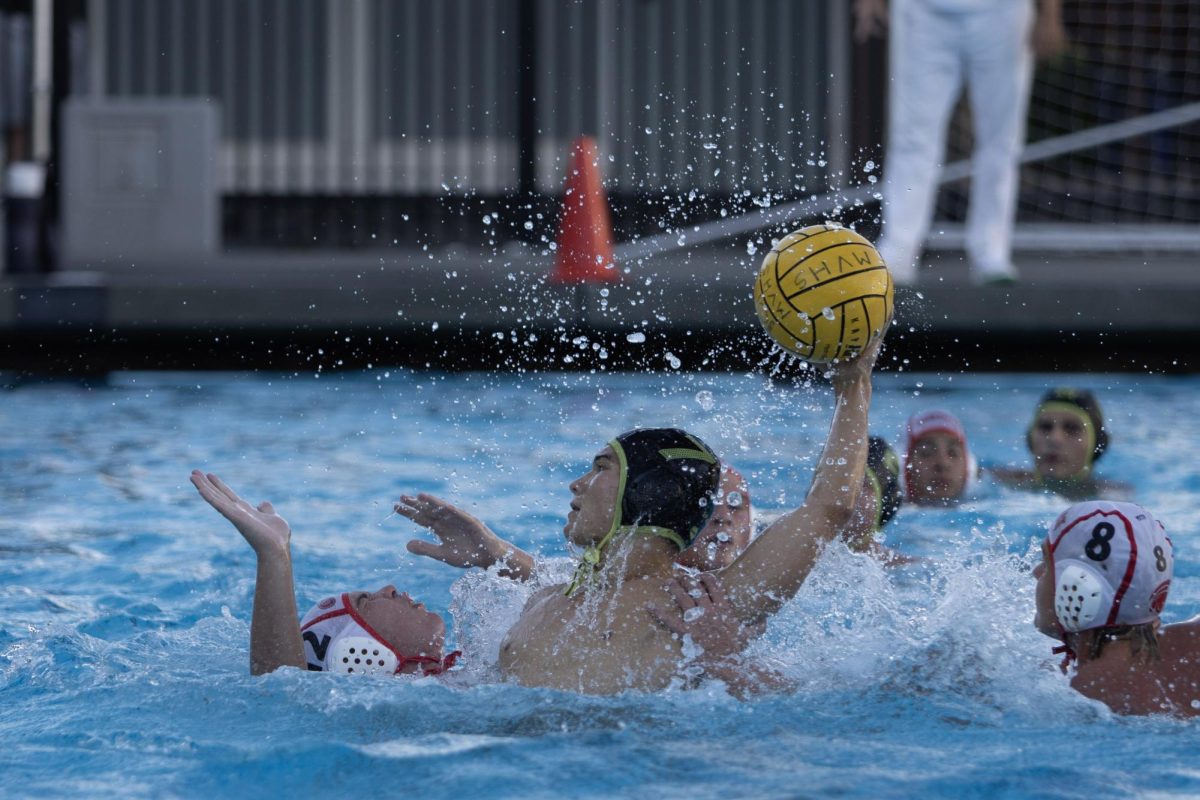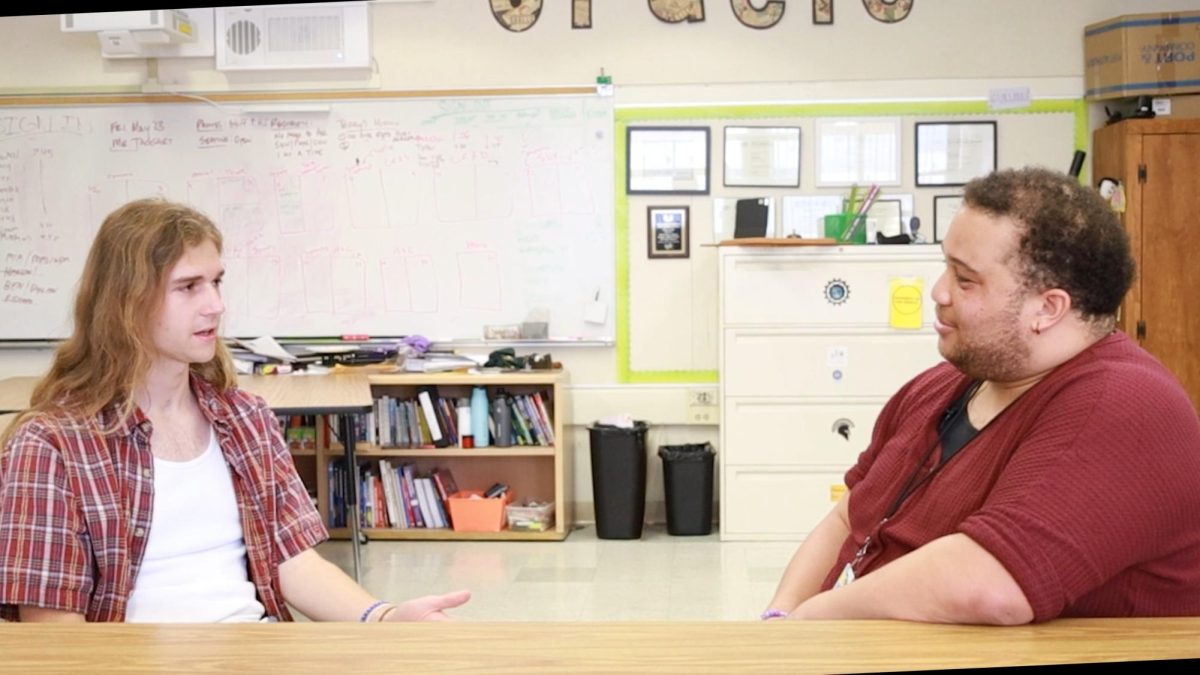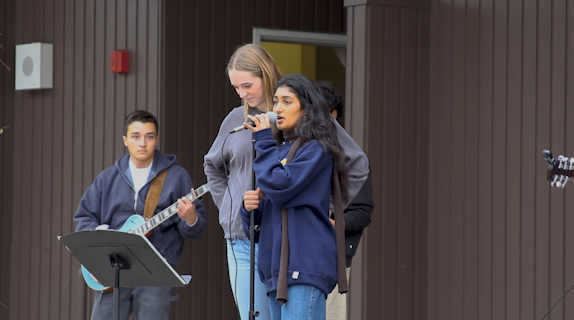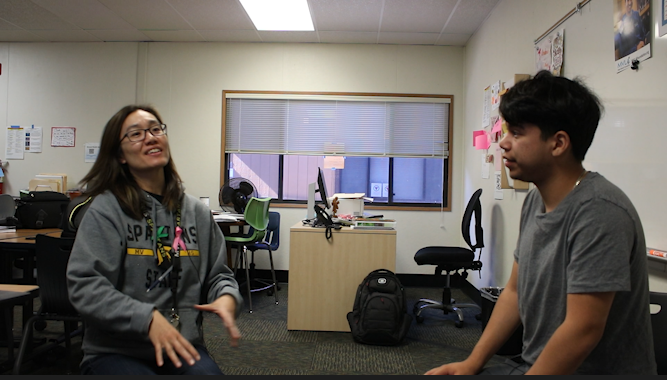Attention to all of those who plan on taking the SAT in the near future. This article is for you. Firstly, you are probably planning on signing up for one of those SAT-prep courses that run a couple hours a week for a month or two. I would advise against that. In the words of Mr. Phillip Roberts, a 14-year tutor and entrepreneur heading a Silicon Valley startup who boasts several students reaching the 2400 out of 2400 mark on the SAT under his direction, “the average student, with a good standing in all of their academic classes, should be looking at studying for about 500 hours to get a perfect score.” 500 hours. That isn’t ten hours of listening to the drone of teachers and scuffing notebooks with your pencil, then walking in on testing day. That encompasses weeks, months, sometimes even years of preparation. Granted, not every student taking the SAT is shooting for that perfect score, but with so much weight resting on that one number, it would be wise to try and fill that quota.
The SAT is comprised of four differing subject areas. These include an essay, graded on a 12-point scale, critical reading, mathematics, and writing sections. Ultimately, the test-taker can reach the coup de gras of standardized testing in the form of a 2400. While conventional methods have their merit, the educational philosophy of Mr. Roberts feels these strategies leave something to be desired. He advocates strongly for a progressive method of preparation, started as early as freshman year. This serves several purposes. If one allocates, say, an hour a day to SAT prep at the beginning of their sophomore year, they leave themselves a comfortable amount of time before the test, do not have to cram, and have their current academics boosted by this brain stimulation. Summers and school breaks are fantastic opportunities to block out several hours a day and chip off the block. In reality, your final SAT scores most directly reflects the amount of time you spent effectively studying.
In addendum to the 500 hour allotment, he also feels that due to the extensive amount of complex language on the test, there is a critical list of sophisticated words that should be learned. His estimate as to how many numbers around 1,500 words, available in many places online. 1,500 may seem like a lot, but look at it from this perspective. Each of those 500 hours you study, learn just three words. The math is simple, three times 500 equals 1,500. Much more manageable, and people will be sure to think you swallowed a thesaurus. The essay is not like your normal English class paper. You have a short window of time to take a strong stance on an issue and defend your position. It should be factual, boring, and every single word should relate directly to the argument you are making. Do not get fancy with language, use quotes or examples from the real world, and familiarize yourself with PSAT essay topics. The SAT is taken across the country in all socioeconomic standings, so the topic will fall under one of a few categories. Have a pan before writing, practice making quick, to-the-point outlines when you study.
Mr. Roberts is also set apart from conventional SAT prep courses in that he advocates for the imperfection of human attentiveness. He has introduced many students to the Pomodoro technique, a strategy for effective work habits. It works through specified increments of time. You set a timer for, say, 30 minutes. You work diligently and without outside distraction for those 30 minutes, then take a 5-10 minute break to give your head some time to refresh. After your break, you sit back down and put all distractions aside. This intends to separate work from play inside the mind of the student. Other techniques he advocates for are physical exercise during studying. When a student finds the subject at hand difficult or gets frustrated, their mental capacity diminishes rapidly. When ones goes out for a few minutes to walk or run, their head clears and their faculties are restored.
Another fatal flaw of prep courses are the environment. When you take practice tests, you should isolate yourself in a quiet space with minimal distractions. How can you translate your test-taking strategies to an environment you have not yet experienced?
































Maura McNulty • Aug 20, 2014 at 9:52 am
Hi Jackson, how do I contact mr. Roberts?
Thx